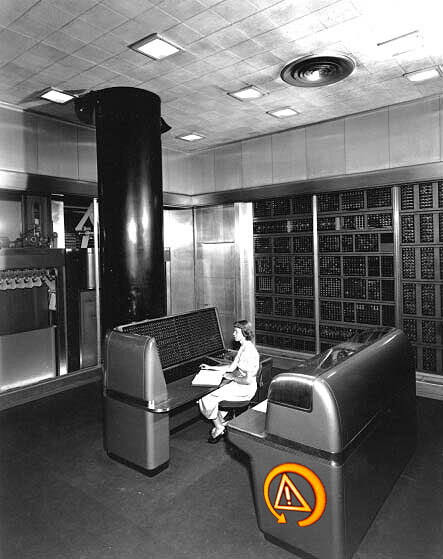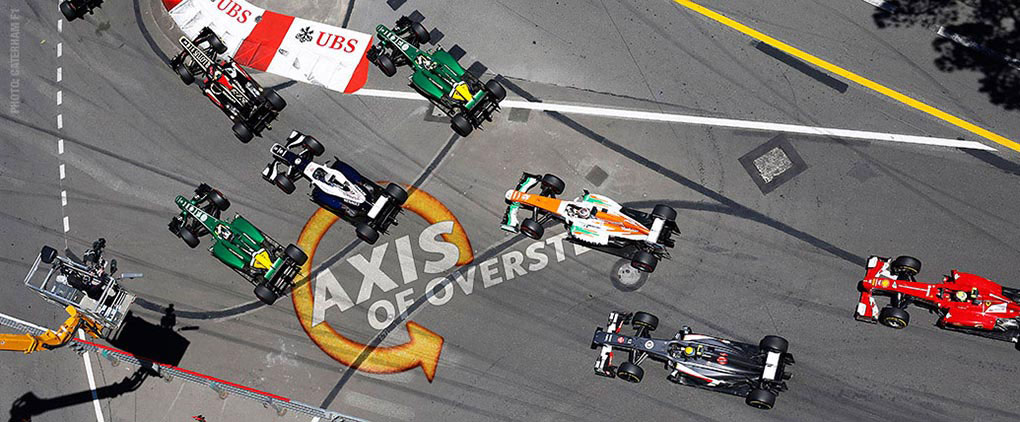 So racers everywhere following the F1 spy scandal have been wondering what the special gas Ferrari used to inflate their Bridgestone might be, certainly Fernando Alonso was curious about it... Well, now that the .pdf of the hearings, complete with blacked out sections that can be easily cut and pasted, has turned up on the internet, I guess the gas has escaped....it's CO2.
So racers everywhere following the F1 spy scandal have been wondering what the special gas Ferrari used to inflate their Bridgestone might be, certainly Fernando Alonso was curious about it... Well, now that the .pdf of the hearings, complete with blacked out sections that can be easily cut and pasted, has turned up on the internet, I guess the gas has escaped....it's CO2.Now the questions for you clever ones out there, what property would make CO2 a better choice than nitrogen for inflating race tires? I know they make CO2 inflaters for bicycles but I believe that is strictly for practical reasons....

The Axis STFU3000 has so far come up short on this question, no satisfactory answer was arrived at....surprising since the STFU3000 is almost always infallible!
 UPDATE: a few motorsport sites have caught up to the FIA's .pdf OOPS though word of this was was out almost immediately after the document's release. I found the blacked out portions to be rather underwhelming, the brake systems on both cars try to achieve the same trick of delaying the application of the rear brakes compared to the front. The blacked out parts just reveal the method of control of these similar systems, Ferrari mechanical and Mclaren hydraulic, hardly detailed drawings of the devices.
UPDATE: a few motorsport sites have caught up to the FIA's .pdf OOPS though word of this was was out almost immediately after the document's release. I found the blacked out portions to be rather underwhelming, the brake systems on both cars try to achieve the same trick of delaying the application of the rear brakes compared to the front. The blacked out parts just reveal the method of control of these similar systems, Ferrari mechanical and Mclaren hydraulic, hardly detailed drawings of the devices.One has to admit it's quite a clever system to avoid rear brake lock up and stabilize the car at maximum braking while still allowing for trailbraking in the turn in phase of the corner. Less risk of rear brake lockup would also allow the teams to run less rear wing in some situations.
Since the Axis STFU3000 has burned out a couple of tubes trying to figure out the question about CO2 in the tires, won't any of you readers offer a theory?

here is a theory:
ReplyDeleteCO2 gives the tire a more favorable thermal expansion.
it expandes less than Nitrogen when heated?
ReplyDeletei just checked. it expands at the same rate as N2 with temperature changes.
ReplyDeletebut its cheaper than N2. maybe McLaren was looking for some ways to safe money.
In case of tires, I can think of mass, thermal expansion and thermal capacity only.
ReplyDeleteYou can ignore mass. The diff should be less than the drivers' gloves.
Compare Nitrogen and CO2, it take more energy to raise the temperature of Nitrogen by 1 degree per mass unit. In other words, Nitrogen can suck more heat.
the more you guys dig up the more I think this was a clever bit of disinformation by Ferrari to nail Mclaren...
ReplyDeletePerhaps there is a rule in F1 where your tyres have to be at a certain pressure before you leave the pit lane. If you heat up the gas to high temperatures you can leave the pit lane with the right pressure. Once your on track the temp will come down. Therefore your running lower temp than everyone else? What do people think?
ReplyDelete